It would be fair to say that when you picture images of strength, something like a big, tall tree is an example that immediately comes to mind. However, through nature and over time, tree limbs can become vulnerable to various stresses, such as wind, snow, ice, and their own weight, which leads to structural weaknesses and potential hazards. A Canada tree service knows that supporting tree limbs is crucial for preserving their overall health, minimizing the risk of limb failure, and prolonging the lifespan of trees. With this in mind, let’s take a look at what some of the most common branch issues are, followed by what you can do to support them.
Common Tree Branch Defects According To A Cañada Tree Service
- Cavities And Decay
Internal decay and cavities weaken branch structure, making them susceptible to breakage, especially during storms or high winds.
- Co-Dominant Stems
Forked branches with narrow angles of attachment are prone to splitting under the weight of foliage, snow, or ice.
- Cracks And Splits
External cracks or splits in branch unions can indicate structural weakness and pose a risk of limb failure.
- Overextended Limbs
Branches that extend beyond the tree’s natural canopy may experience excessive stress and strain, leading to bending or breakage.
What Are The Best Methods For Supporting Tree Limbs?
- Cabling
Cabling involves the installation of high strength cables or synthetic ropes between branches to provide additional support and reduce the risk of limb failure. Cables are strategically placed to redistribute weight and minimize movement, particularly in co-dominant stems or branches with weak attachment points. Professional arborists assess tree structure and determine the appropriate placement and tension of cables to ensure effective support while minimizing impact on tree health.
- Brace Rods
Brace rods are metal rods inserted through weak branch unions to reinforce structural integrity and prevent splitting. This method is particularly effective for addressing cracks, splits, or other defects that compromise branch stability. Arborists carefully drill holes through the affected branch unions and insert the brace rods, securing them in place with nuts and washers. Brace rods provide internal support, helping to redistribute weight and reduce the risk of limb failure.
- Tree Stakes
Tree stakes are commonly used to support young or newly planted trees with underdeveloped root systems. However, they can also be employed to provide temporary support for weakened or overextended limbs. Stakes are driven into the ground adjacent to the tree, and flexible ties or straps are used to secure branches to the stakes, reducing movement and minimizing stress on the affected limbs. It’s essential to monitor staked trees regularly and adjust support as necessary to prevent girdling or damage to the trunk.

xr:d:DAFmkJMF8wQ:273,j:8302809460396066273,t:24040122
If you are in need of a professional Cañada tree service to come and make sure that all of your property’s tree branches are in the condition that they should be, then don’t hesitate to get in touch with the team at Cañada Tree Care. Feel free to contact us with any questions that you might have, there is no problem too big or too small for our experienced squad!
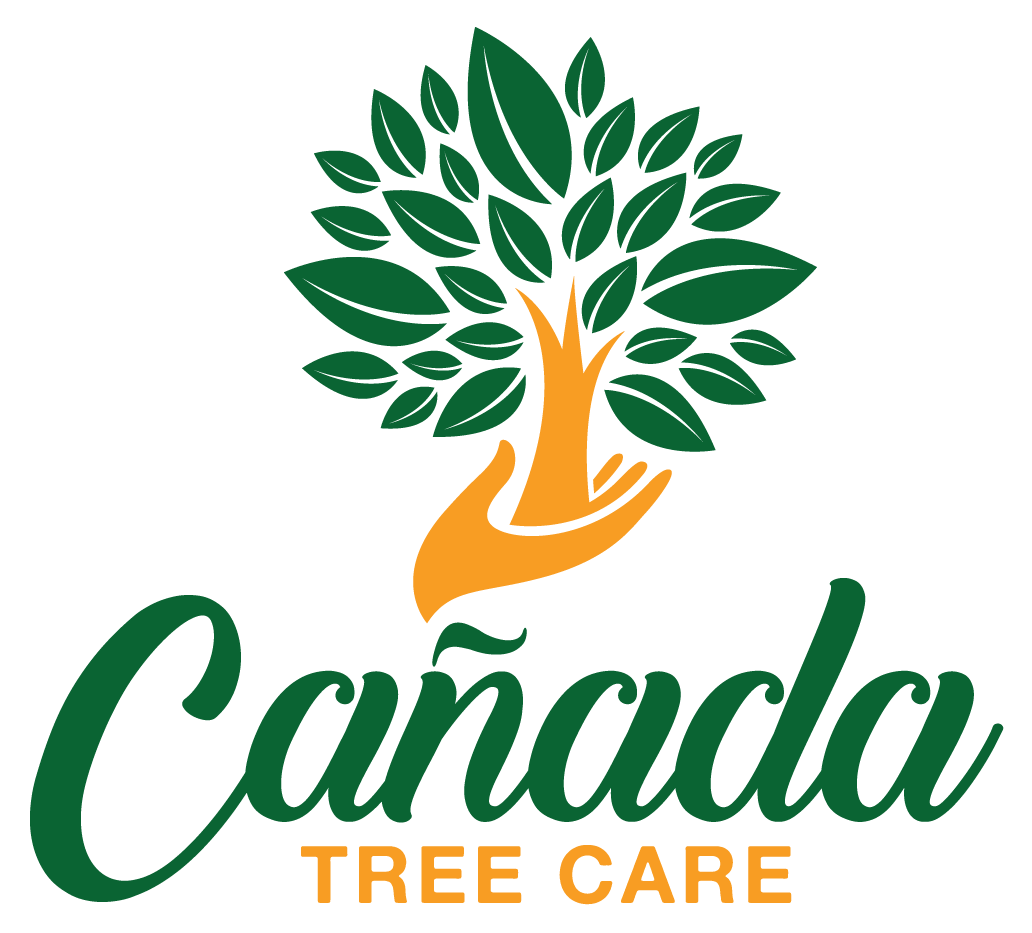

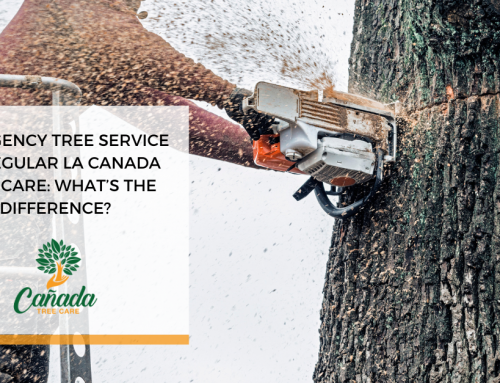
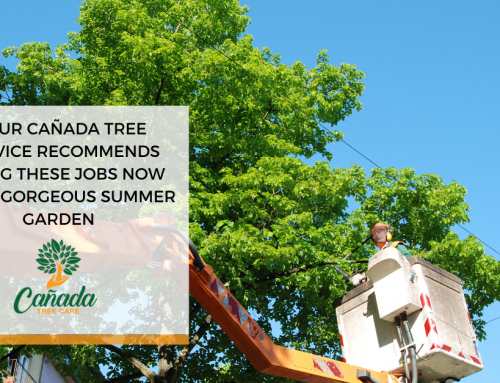
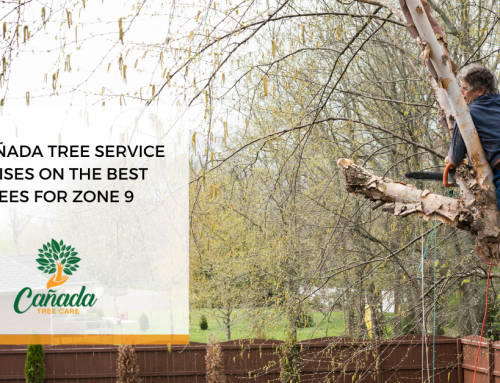
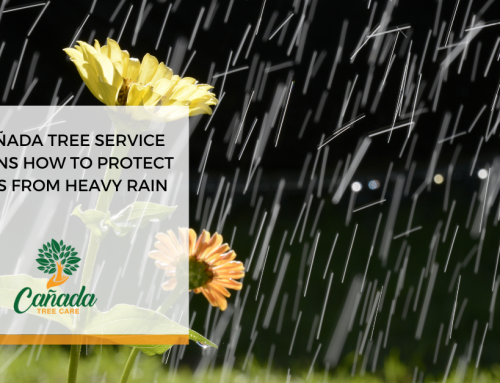
Leave A Comment